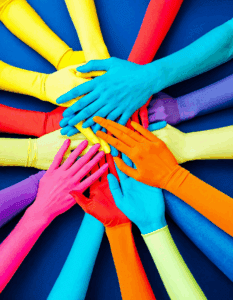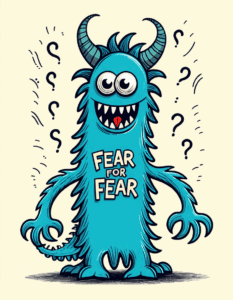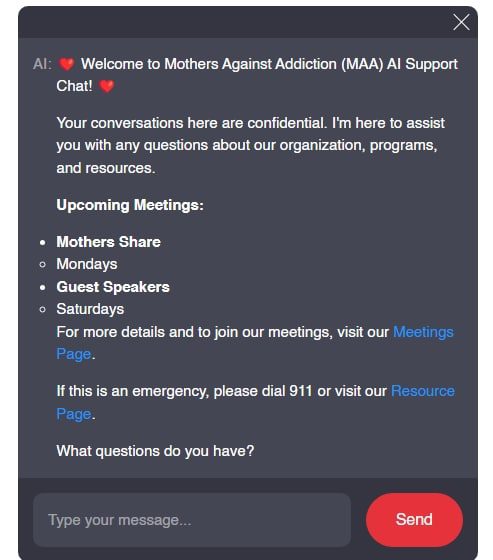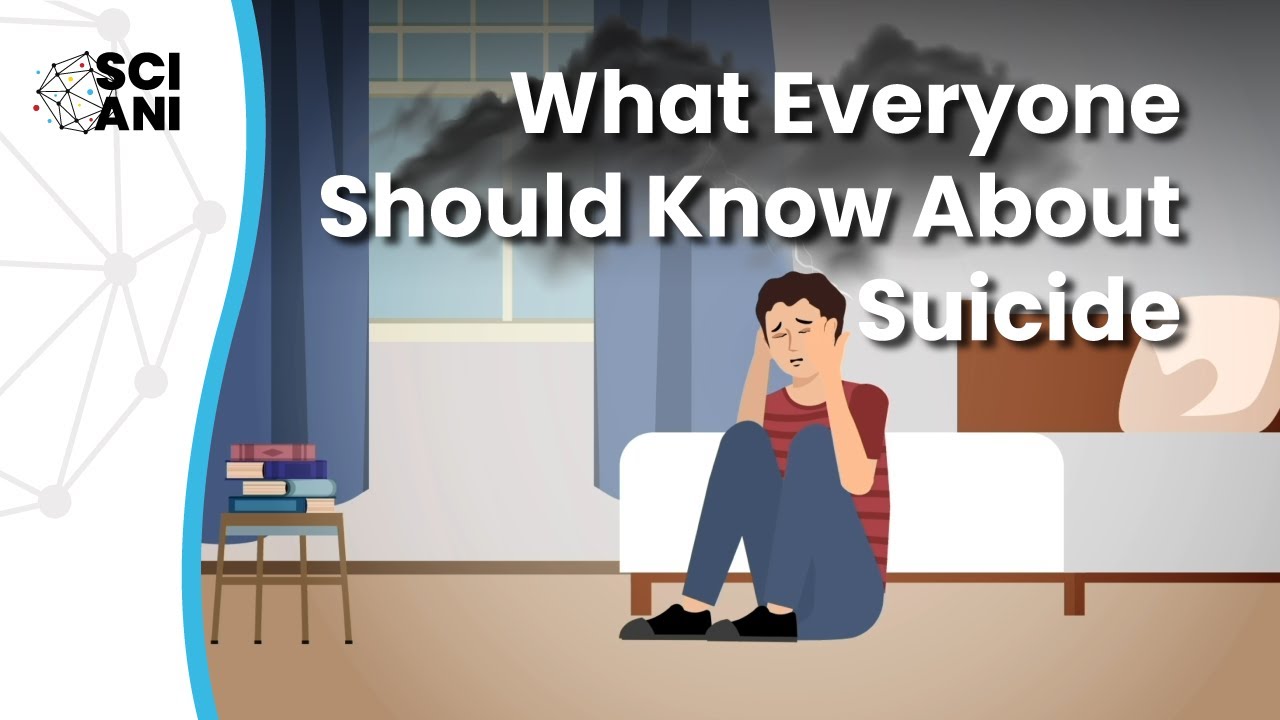
Understanding Suicide Methods: A Call for Awareness
Suicide is an incredibly delicate issue that affects countless lives, often leaving in its wake a trail of pain not just for those who struggle but also for family, friends, and communities. It’s a topic wrapped in stigma and misunderstanding, which only adds to the sorrow. The methods of suicide vary widely, and each one has a unique set of consequences that ripple through the lives of the survivors. By shining a light on these suicide methods and their impacts, we can foster compassion and understanding. We’re not just talking about numbers here; we’re discussing real lives, hearts, and families.
Having an open conversation about suicide can help us break the silence surrounding mental health struggles. It can prepare us to better support those who are suffering, or sadly, those left behind. Each method has its own story and deserves attention, not just in terms of prevention, but in recognizing the grief stages families experience after a loss. Mothers Against Addiction stands in solidarity with those navigating this heartbreaking landscape.
In our efforts to spread awareness and promote understanding, we can make strides in mental health advocacy. Helping parents who are coping with children’s addiction or those who have tragically lost a child to addiction is essential. Together, we can foster environments where mental health discussions are normalized, not silenced.

Top 7 Suicide Methods and Their Life-Altering Impacts
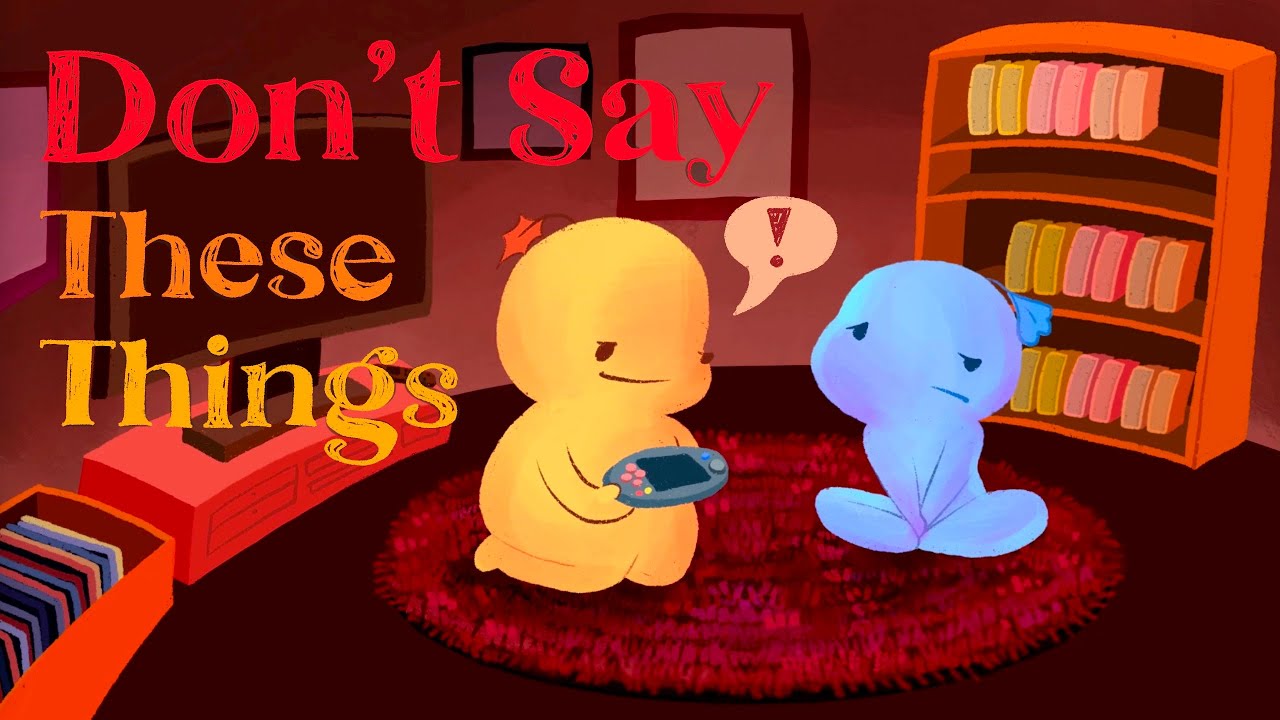
1. Firearms
When discussing suicide methods, firearms consistently rank among the top in the United States. Statistics from the Centers for Disease Control and Prevention (CDC) indicate that guns are involved in nearly half of all suicide deaths. The pain inflicted on families is profound, as they often grapple with anger, confusion, and guilt. Losing a loved one to a firearm besides sparking intense sorrow, raises crucial questions about access, safety, and prevention. Organizations like Everytown for Gun Safety highlight the need for responsible gun ownership to reduce suicide rates.
Family dynamics shift dramatically after such a devastating loss, thrusting individuals into deeper grief stages. The ache of losing a loved one this way often leaves family members clutching at the “what-ifs,” wondering what they could have done differently.

2. Overdose of Prescription Medications
In our modern society, the rise of prescription medications, particularly opioids, has alarmingly led to increased instances of overdose as a method of suicide. Families left behind often face complicated grief, battling feelings of guilt and confusion. Take the heartbreaking story of singer-songwriter Chris Cornell, who lost his struggle with addiction in 2017 involving prescription drugs. His passing serves as an important reminder that addiction can devastate even the most seemingly invincible among us.
According to Mothers Against Addiction, addressing issues of substance abuse is crucial in mitigating these tragic outcomes. Understanding the root causes of such life-altering decisions is vital to fostering an environment of support.
3. Hanging
When it comes to suicide methods, hanging remains tragically prevalent. The visuals associated with this heartbreaking act can leave lasting trauma on family members, forcing them to navigate complex grief stages like denial and anger. Community outreach programs, such as those championed by the American Foundation for Suicide Prevention, aim to equip families with coping strategies. It’s a reminder that even in the darkest moments, there are resources available to help turn grief into constructive conversation.
Families face profound shock and despair after losing a loved one this way, impacting their emotional well-being for years to come. The journey through grief is anything but linear, and each day can present a new challenge in processing such a loss.
4. Jumping from Heights
Another alarming suicide method is jumping from heights, which has shown an increase in urban areas in recent times. Families often grapple with intense feelings of sadness and disbelief when faced with such a sudden loss. The case of Rachel’s Challenge, born from the tragic loss of Rachel Scott in the Columbine shooting, highlights the crucial need for mental health conversations in schools.
By fostering understanding and sensitivity in discussions, we can create a supportive community for families. The struggle to accept reality can often spiral individuals into further grief stages like depression. The hope is that by shining a light on these stories and encouraging dialogue, we can change the narrative.
5. Carbon Monoxide Poisoning
A lesser-known method of suicide, carbon monoxide poisoning, happens frequently in enclosed vehicles. The emotional aftermath for family members is often devastating. Feelings of helplessness and unresolved grief can overshadow their lives, creating barriers to healing. Campaigns like The Silent Killers are actively advocating for heightened awareness and safety around carbon monoxide, raising questions of mental health, prevention, and intervention.
Families navigating this loss can feel isolated and consumed by unresolved feelings. Opening discussions about the dangers of carbon monoxide can aid in normalizing conversations about mental health and potential prevention strategies.
6. Self-Immolation
Often regarded as a rare and extreme measure of suicide, self-immolation carries a significant social commentary, reflecting deep distress, and in some cases, protest against societal issues. The grief vibrations ripple outward, impacting not only the immediate family but also society at large. The case of Mohamed Bouazizi, whose act of self-immolation sparked the Arab Spring, showcases the intersection of personal tragedy and larger societal movements.
When grieving this type of loss, families find themselves entwined in a web of emotions surrounding societal injustices. The anger directed at broader systems can complicate their own grief stages, leading to a longing for change while mourning the loss of a loved one.
7. Lethal Injection
Though commonly associated with capital punishment, lethal injection has emerged as a method for some choosing to end their lives. Families facing such a loss might grapple with ethical dilemmas, societal perceptions, and complex feelings regarding life and death. Compassion & Choices works tirelessly to support families navigating these intricate emotional landscapes while advocating for legislation around end-of-life choices.
The journey through grief in this context can be especially complicated. Conversations about value and purpose fill the void but can often become heavy with unresolved feelings.
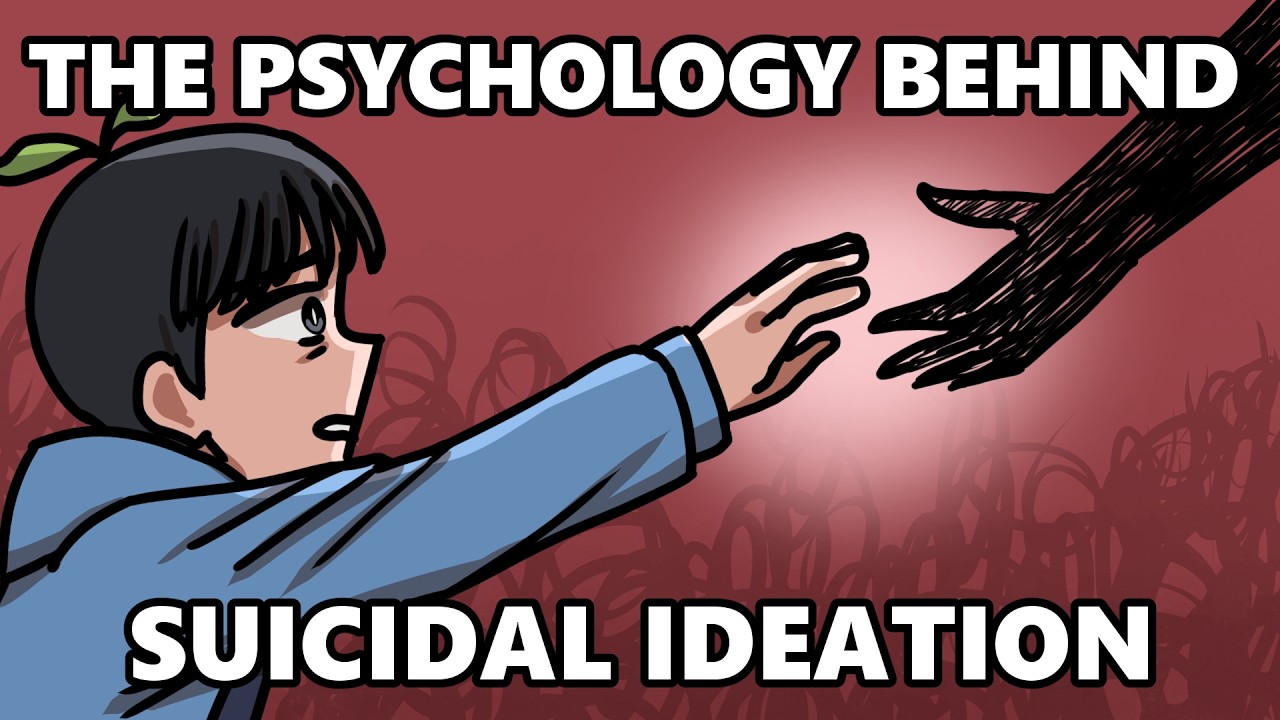
Embracing Healing Through the Grief Stages
Dealing with the various suicide methods can pave the way for healing for communities and families alike. Grief is a winding road—we don’t move linearly from one stage to another, and often, it feels like two steps forward and one step back. Supporting each other through the maze of grief stages through Mothers Against Addiction can provide a crucial lifeline.
By championing education, awareness, and compassion, we’re working toward environments where mental health discussions flourish. Normalizing these conversations can ultimately help prevent future tragedies, fostering hope and healing.
Let’s come together, supporting those grappling with intense pain, and begin building compassionate communities. The journey may seem heavy, but through advocacy and shared stories, we can foster resilience. Together, we stand stronger, ready to uplift those burdened by grief and emerging from the shadows of silence.
Suicide Methods That Shockingly Impact Lives
Understanding the Risks of Suicide Methods
Suicide methods encompass a wide range of approaches, each with varying degrees of lethality and prevalence. An alarming fact is that many individuals at risk often experience severe anxiety, which can exacerbate feelings of hopelessness. Interestingly, studies show that the access to mental health services, like those offered at banner hospital, can significantly lower suicide rates. Key to prevention is awareness, as understanding the suicide definition can play a pivotal role in addressing these issues before they escalate.
Another layer to these methods is the aftermath of substance misuse, leading to complications like post acute withdrawal syndrome, which can influence a person’s state of mind. This condition does not just affect their mental health; it can manifest in suicidal thoughts, creating a cyclical challenge that can feel insurmountable. It’s a stark reminder that the journey through addiction isn’t just about the substance, but the psychological landscape as well.
Engaging Trivia on Suicide Methods
Now, let’s lighten the load a bit with some intriguing facts! Did you know that in popular culture, even tragic stories can echo the shadows of suicide? Take the legacy of Selena Quintanilla—her( untimely death impacted many, highlighting the intersection of fame, mental health, and emotional turmoil. On a more everyday note, common stress-relievers like Tetley tea can provide comfort, yet they aren’t a substitute for professional help.
You might also be surprised to learn that hobbies, such as riding Yamaha dirt Bikes, can serve as excellent outlets for stress and anxiety. Fun distractions can create a natural buffer against suicidal thoughts. Furthermore, movies like “Sams Town” often delve into emotional struggles, reminding audiences of the importance of compassion towards those dealing with mental health challenges. It might just be a film, but the themes resonate real-life issues, making it crucial to acknowledge the stories we tell through media and how they impact perceptions of suicide methods.
Our understanding of suicide isn’t static; it’s essential to remain engaged with the changing narratives around it. Each of these facts, from mental health resources to cultural representations, sheds light on the myriad factors that can influence suicide methods, emphasizing that awareness and support can make all the difference.





















